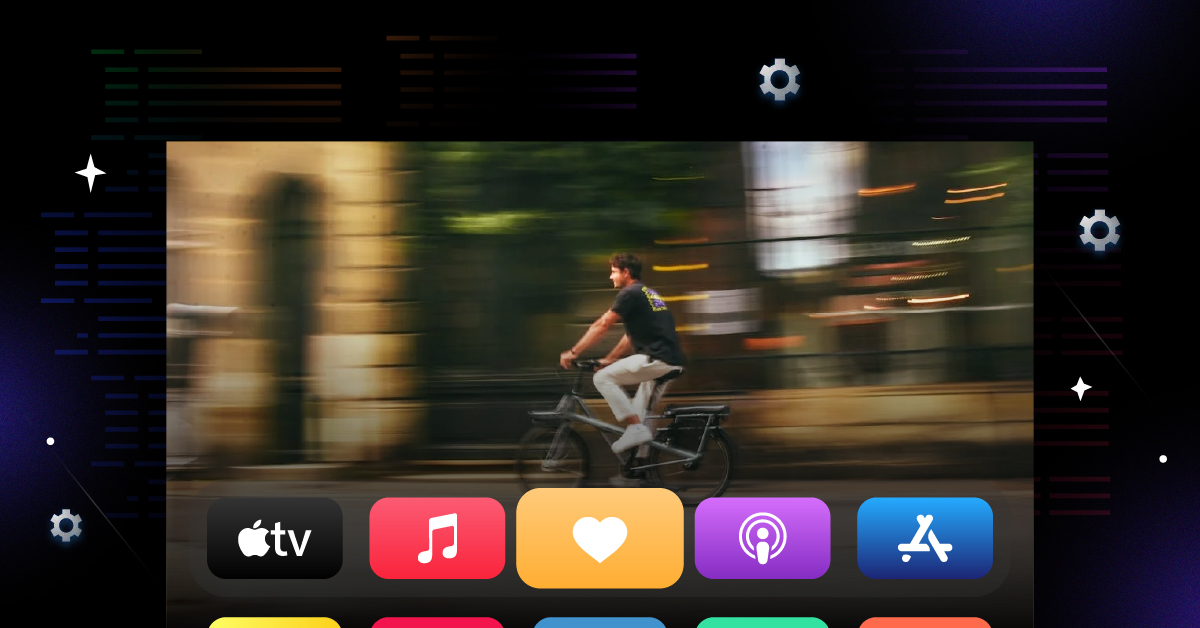Traditional advertising methods are losing their effectiveness in reaching modern consumers. Audiences are increasingly shifting towards streaming platforms, making it challenging for brands to connect with their target market. This shift has created a significant gap in advertising strategies, leaving many businesses struggling to adapt. Marketers face the challenges of exploring this new landscape filled with fragmented audiences and diverse platforms. They grapple with questions about where to allocate their ad spend and how to measure campaign effectiveness.
OTT (Over-The-Top) advertising is a game-changing solution for reaching modern consumers. OTT platforms offer targeted, personalized ad experiences that appeal to viewers. Understanding and harnessing the power of OTT advertising is important for businesses looking to stay competitive and connect with modern consumers where they spend a significant portion of their time.
This comprehensive blog will examine OTT advertising strategies, best practices, and future trends. Let’s go!
What is OTT Advertising?
OTT stands for Over-The-Top, which refers to internet content delivery without traditional cable or satellite providers. OTT advertising is a form of advertising targets viewers who consume OTT content through internet-based services.
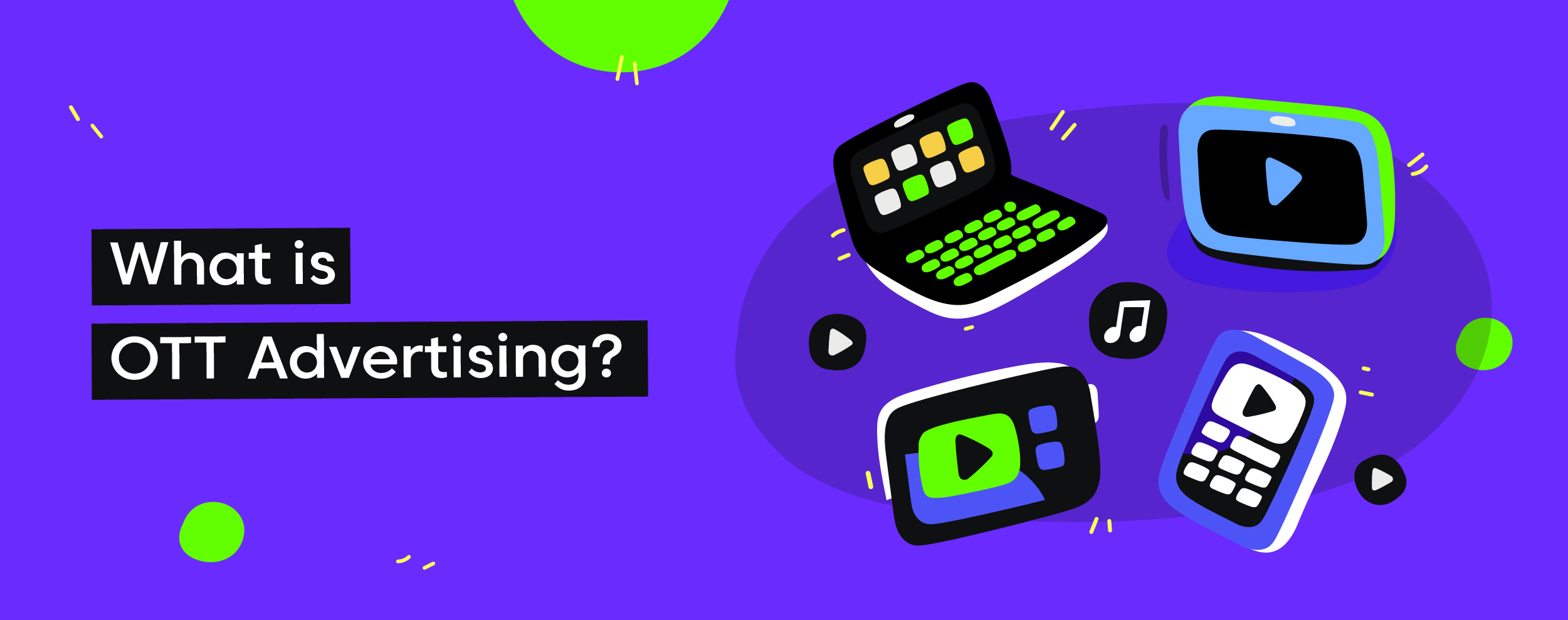
OTT advertising inserts video ads into streaming content. Advertisers can reach specific audiences based on demographics, interests, and viewing habits. Like traditional TV commercials, the ads appear before, during, or after the main content.
OTT Revenue Models
AVOD (Advertising-Based Video on Demand)
AVOD platforms offer free content to viewers in exchange for watching advertisements. This model resembles traditional TV advertising but with improved targeting capabilities. Viewers access a wide range of content without subscription fees. Advertisers benefit from precise audience targeting and measurable results. Popular AVOD platforms include Tubi, Pluto TV, and Roku Channel. These services utilize smart TV technology and connected devices for seamless streaming.
AVOD advertising includes ads before, during, or after video content. Advertisers can create targeted OTT ad campaigns based on viewer demographics and behavior. AVOD platforms provide valuable data insights for optimizing advertising strategies. The success of AVOD relies on balancing user experience with effective ad delivery. Advertisers must create engaging video ads to capture viewer attention. AVOD services continue to grow in popularity as consumers seek free entertainment options.
TVOD (Transactional Video on Demand)
TVOD services allow users to purchase or rent individual pieces of content. This model is similar to traditional pay-per-view systems. Popular TVOD platforms include iTunes, Google Play, and Amazon Prime Video’s rental service. Users pay for specific movies, TV shows, or events without long-term commitments. TVOD offers flexibility and access to the latest releases. Pricing varies based on content quality and release timing. New releases typically command higher prices than older titles.
TVOD services often provide HD and 4K streaming options. Users can watch purchased content multiple times within a specified period. Some platforms allow content downloads for offline viewing. TVOD advertising opportunities are limited compared to other OTT models. However, targeted ads may appear during the browsing and purchasing process. TVOD platforms benefit from partnerships with major studios and content providers. The success of TVOD relies on offering a diverse content library and competitive pricing.
SVOD (Subscription Video on Demand)
SVOD services provide unlimited access to content libraries for a recurring fee. Popular SVOD platforms include Netflix, Hulu, and Disney+. Subscribers enjoy ad-free viewing experiences and exclusive content. SVOD services invest heavily in original programming to attract and retain users. These platforms utilize sophisticated recommendation algorithms to personalize content suggestions.
SVOD advertising opportunities exist through product placement and brand integrations. Some SVOD services offer tiered pricing models with different features. The success of SVOD relies on continuous content updates and user engagement. SVOD platforms utilize data analytics to inform content creation decisions.
Many SVOD services support multiple user profiles and simultaneous streams. Cross-device functionality allows seamless viewing across various devices. SVOD platforms often partner with smart TV manufacturers for easy access. The competitive SVOD landscape drives innovation in content delivery and user experience. SVOD services continue to evolve, exploring new features and content formats.
Freemium
Freemium OTT services combine free, ad-supported content with premium subscription options. This model attracts users with free offerings while encouraging upgrades to paid tiers. Popular freemium platforms include YouTube and Spotify. Free tiers typically include limited content access and ad-supported viewing. Premium subscriptions offer ad-free experiences and exclusive features. Freemium services utilize user data to personalize both content and advertising. This model allows for flexible monetization strategies and user acquisition. Advertisers benefit from targeting options across free and paid user segments.
Freemium platforms often use machine learning to optimize content recommendations. The success of freemium relies on effectively balancing free and paid offerings. These services must provide enough value in free tiers to attract users. Premium features should offer clear benefits to encourage upgrades. Freemium OTT platforms often integrate social features and user-generated content. This model allows for experimentation with various monetization approaches. Freemium services continue to evolve, adapting to changing user preferences and market trends.
OTT Advertising vs Traditional TV Advertising
OTT advertising differs significantly from traditional TV advertising in several ways. The viewing experience on OTT platforms is more personalized and interactive. Unlike traditional TV ads, OTT commercials can target specific audiences based on demographics and interests. This precision targeting allows advertisers to reach their desired viewers more effectively.
Traditional TV advertising relies on broad audience reach through cable TV networks. OTT platforms, however, offer granular data on viewer behavior and preferences. Advertisers can track engagement metrics and adjust their campaigns in real time. This level of insight is impossible with traditional TV ads, which provide limited feedback on audience response.
The format of OTT ads also varies from traditional TV commercials. OTT platforms allow for more diverse ad types, including interactive and shoppable ads. Viewers can click on these ads to learn more or make purchases directly. Traditional TV ads are limited to the TV screen and lack this interactive element. OTT advertising thus offers a more engaging and measurable experience for both advertisers and viewers.
How OTT Advertising Works
OTT advertising campaigns utilize connected TV and streaming devices to reach target audiences. Unlike traditional TV advertising, OTT platforms enable precise targeting and measurement. The process begins with advertisers selecting an OTT advertising platform to distribute their ads.
Advertisers create video ads tailored for OTT streaming and upload them to the chosen platform. Programmatic advertising technology matches ads with relevant viewers based on demographics and interests. Ad placements occur when users watch video content on smart TVs or streaming devices.
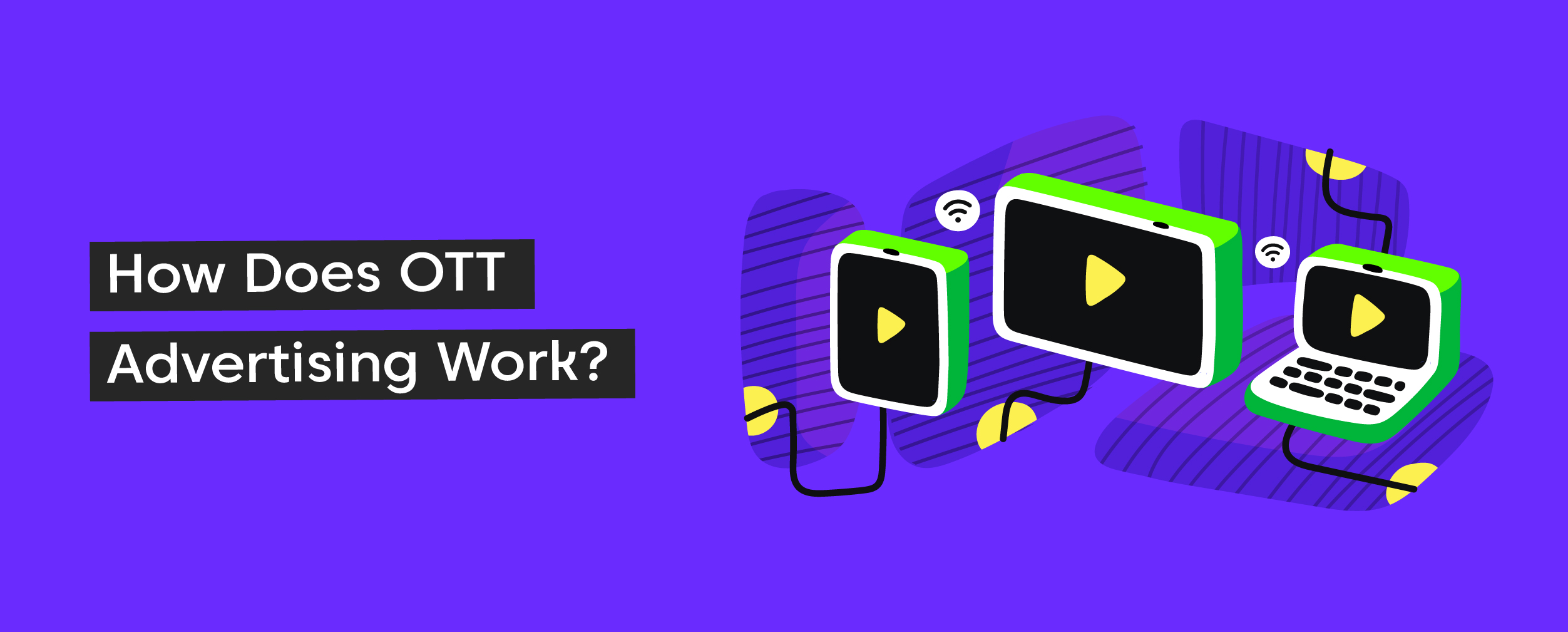
Ads appear during commercial breaks or before video playback starts. OTT platforms track ad impressions and viewer engagement metrics. This data allows advertisers to measure campaign performance and optimize future strategies. Benefits of OTT advertising include improved targeting capabilities and access to cord-cutting audiences.
Popular OTT advertising platforms include Amazon Prime Video, YouTube TV, and Apple TV. These platforms offer various ad formats, from traditional video ads to interactive experiences. As streaming media content grows, OTT advertising presents unique opportunities for brands to connect with viewers.
Types of OTT Ads
Banner Ads
Banner ads appear as static or animated images on OTT platforms. These ads typically display at the screen’s top, bottom, or sides. Banner ads offer a non-intrusive way to reach viewers while they browse content. Advertisers can customize banners with eye-catching visuals and concise messaging. OTT platforms allow precise targeting based on user demographics and viewing habits. Banner ads often link to external websites or app stores for further engagement. Their effectiveness lies in brand awareness and reinforcing marketing messages.
Many streaming services incorporate banner ads into their user interfaces. This ad format works well on smart TVs, mobile devices, and gaming consoles. Advertisers can track impressions and click-through rates to measure campaign success. Banner ads remain popular due to their cost-effectiveness and wide reach across various OTT platforms.
Video Ads
Video ads deliver dynamic, engaging content to OTT viewers. These ads play before, during, or after streaming video content. Advertisers can create attractive narratives within short timeframes. Video ads capitalize on viewers’ attention when they’re most receptive. OTT platforms offer advanced targeting options for video ad campaigns. Advertisers can tailor their message to specific demographics or interests. Video ads often yield higher engagement rates compared to static formats. They allow for storytelling and emotional connections with audiences. Many OTT services incorporate video ads into their ad-supported tiers.
Advertisers can track metrics like view-through rates and completion rates. Depending on platform settings, video ads can be skippable or non-skippable. This format works well across various devices, including smart TVs and mobile phones. Due to their effectiveness and impact, video ads often command higher CPMs.
Sponsored Ads
Sponsored ads integrate brand messaging seamlessly into OTT content. These ads appear as native content within streaming platforms. Advertisers partner with OTT services to create custom sponsorship opportunities. Sponsored ads can take various forms, such as branded content or product placements. This format offers a less disruptive advertising experience for viewers. Advertisers can align their brand with popular shows or genres. Sponsored ads often yield higher engagement due to their contextual relevance.
OTT platforms can offer detailed analytics on sponsored ad performance. This format allows for creative storytelling and brand integration. Sponsored ads work well for building brand awareness and connection. Advertisers can target specific audience segments with tailored sponsorships. Many streaming services offer sponsored ad options to broaden revenue streams. This format can be particularly effective for reaching cord-cutters and younger demographics.
In-video Ads (Pre-Roll, Mid-Roll, and Post-Roll Ads)
In-video ads appear at different points during OTT video content. Pre-roll ads play before the main content begins. Mid-roll ads interrupt the viewing experience at strategic intervals. Post-roll ads appear after the content has finished playing. These ads allow advertisers to reach viewers during peak engagement times. In-video ads can be skippable or non-skippable, depending on platform settings.
Advertisers can tailor ad length and frequency to optimize viewer experience. OTT platforms offer precise targeting options for in-video ad campaigns. Pre-roll ads capture attention when viewers are most focused. Mid-roll ads capitalize on viewers’ investment in the content. Post-roll ads can drive action after viewers finish their chosen content. In-video ads work across various devices, including smart TVs and mobile phones. Advertisers can track completion rates and engagement metrics for these ads.
Interactive Ads
Interactive ads engage OTT viewers through participatory experiences. These ads invite user input, creating a two-way communication channel. Viewers can interact with the ad using their remote or touchscreen. Interactive ads often include quizzes, polls, or mini-games. This format increases engagement and memorability of the advertising message. Advertisers can collect valuable data through user interactions. OTT platforms offer advanced targeting options for interactive ad campaigns. These ads work well on smart TVs, gaming consoles, and mobile devices.
Interactive ads can drive higher conversion rates than passive formats. Advertisers can create branching narratives based on viewer choices. This format allows for personalized experiences tailored to individual viewers. Interactive ads often yield higher completion rates due to their engaging nature. OTT platforms can provide detailed analytics on user interactions and engagement.
Overlay Ads
Overlay ads appear as a semi-transparent layer on top of video content. These ads typically cover a portion of the screen during playback. Overlay ads offer a less intrusive alternative to full-screen interruptions. Advertisers can display text, images, or interactive elements in overlays. This format allows viewers to continue watching while being exposed to ads. Overlay ads work well for time-sensitive promotions or calls to action.
OTT platforms can target overlay ads based on content and viewer data. Advertisers can customize the size, position, and duration of overlay ads. This format is effective for reinforcing brand messages during content consumption. Overlay ads can be clickable, leading to external websites or app stores. Advertisers can track impression and click-through rates for performance analysis. Many streaming services incorporate overlay ads into their advertising options. This format works across various devices, including smart TVs and mobile phones.
Companion Ads
Companion ads appear alongside video content on OTT platforms. These ads are typically displayed in a separate area of the screen. Companion ads supplement the main video ad with additional information. Advertisers can use this format to reinforce messaging or provide context. OTT platforms allow for synchronized delivery of video and companion ads. This format works well for multi-device viewing experiences. Companion ads can include interactive elements or calls to action.
Advertisers can use companion ads to drive traffic to external websites. This format improves brand recall by providing extended exposure. Companion ads work particularly well on devices with larger screens. OTT platforms offer targeting options based on content and viewer data. Advertisers can track engagement metrics specific to companion ad interactions. This format allows for creative storytelling across multiple ad units. Companion ads can be especially effective for complex products or services.
Shoppable Ads
Shoppable ads allow viewers to make purchases directly within the advertisement. These interactive ads typically include product showcases and buy buttons. Shoppable ads seamlessly integrate e-commerce functionality into the viewing experience. The format works well on various OTT platforms, including streaming services and connected TVs. Advertisers can personalize shoppable ads based on viewer preferences and browsing history. This customization improves the relevance and effectiveness of the advertisements.
Shoppable ads often provide valuable data on viewer purchase intent and behavior. This information helps advertisers refine their targeting and product offerings. The direct purchase capability of shoppable ads can lead to higher conversion rates. Advertisers must create visually appealing product showcases to entice viewers. Shoppable ads may require longer viewing times than traditional formats.
Benefits of OTT Advertising
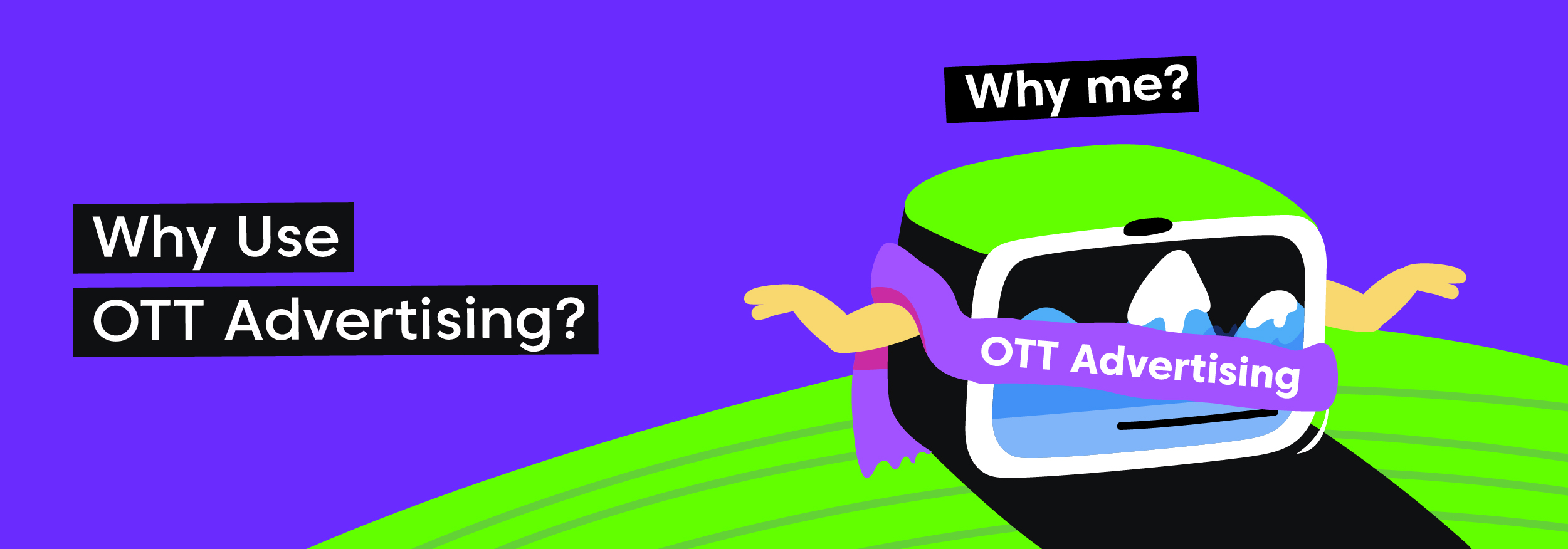
Targeted Audience Reach
OTT advertising allows precise targeting of specific audience segments. Advertisers can reach viewers based on demographics, interests, and behaviors. This targeted approach ensures ad impressions are delivered to the most relevant audience. OTT platforms collect valuable data on viewing habits and preferences.
Advertisers can leverage this information to create personalized campaigns. The ability to target specific audiences leads to higher engagement rates and improved ROI. OTT advertising work focuses on delivering the right message to the right people at the right time.
Improved Analytics and Measurement
OTT stats provide advertisers with detailed insights into campaign performance. Digital advertising metrics include impressions, click-through rates, and conversion rates. Advertisers can track viewer behavior and engagement in real-time, enabling quick adjustments to optimize campaign effectiveness.
OTT platforms offer advanced reporting tools for in-depth analysis. Advertisers can measure the impact of their campaigns across different devices. These analytics help identify successful strategies and areas for improvement. Comprehensive OTT analytics make data-driven decision-making possible.
Cost-Effectiveness
OTT advertising offers cost-effective solutions for businesses of all sizes. Advertisers can control their ad spending with flexible budgeting options. The targeted nature of OTT ads reduces wasted impressions on irrelevant audiences. This efficiency results in a lower cost per impression than traditional TV advertising.
Advertisers can buy OTT ads through programmatic platforms, streamlining the process. The ability to measure ROI accurately helps optimize ad spend allocation. OTT advertising allows for testing different strategies without significant financial risk. Small businesses can compete with larger brands on OTT platforms.
Flexibility in Ad Formats
OTT platforms support various ad formats to suit different campaign objectives. Video ads remain popular, offering engaging storytelling opportunities. Banner ads can be displayed during content playback or on menu screens. Overlay ads appear on top of the video content without interrupting playback.
Interactive ads encourage viewer engagement and provide measurable actions. Advertisers can choose formats that align with their brand message and goals. The flexibility in ad formats allows for creative and innovative campaigns. OTT platforms continuously develop new ad formats to enhance viewer experience.
Challenges in OTT Advertising
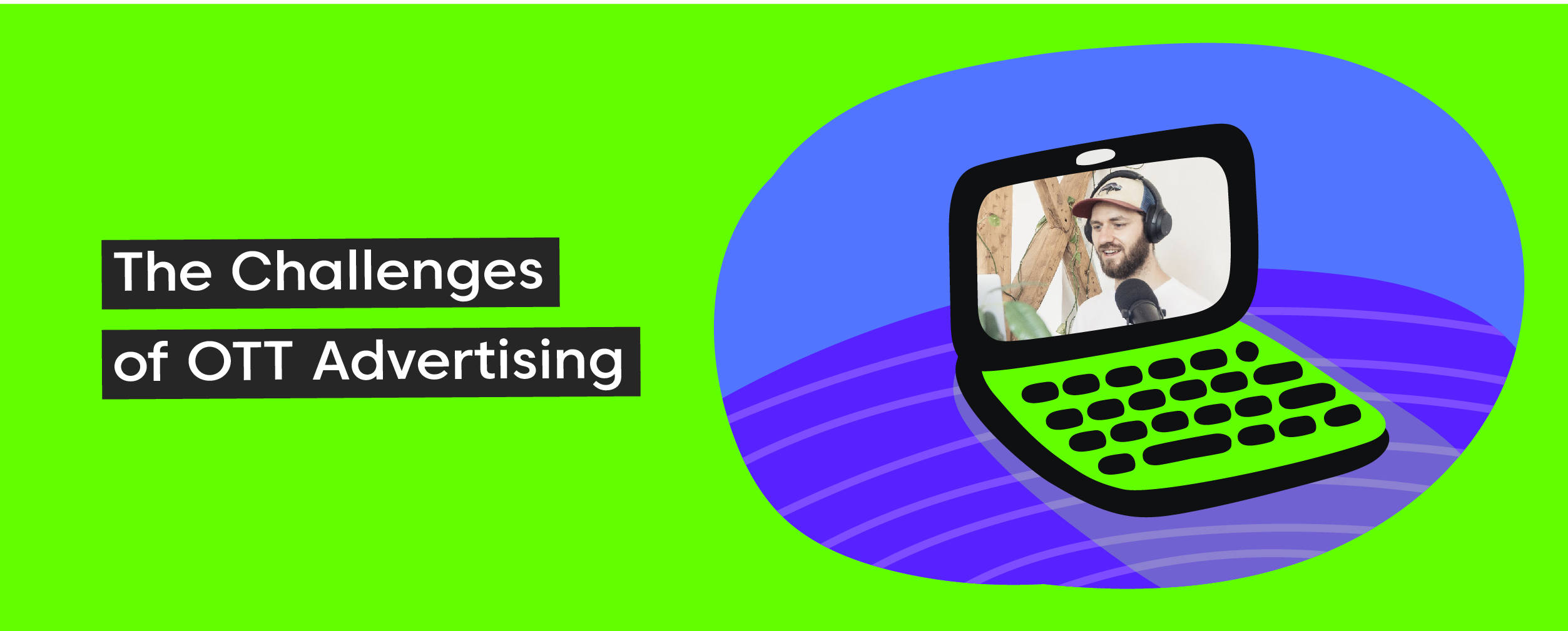
Ad Fraud and Brand Safety
Programmatic advertising in OTT environments faces significant challenges. Ad fraud threatens the integrity of campaigns and wastes advertisers’ budgets. Bots and fake traffic can inflate view counts, leading to inaccurate performance metrics. Brand safety concerns arise when ads appear alongside inappropriate content.
Programmatic OTT advertising lacks standardized measurement and verification tools, making it difficult for advertisers to ensure their ads reach the intended audience. Implementing fraud detection and prevention measures is crucial. Partnering with reputable platforms and using advanced targeting technologies can help mitigate these risks.
Fragmentation of Platforms
The OTT landscape is highly fragmented, with numerous streaming platforms and services available. This fragmentation creates challenges for advertisers seeking to reach their target audience. Each OTT platform has its own ad inventory, pricing models, and audience demographics. Coordinating campaigns across multiple platforms can be complex and time-consuming.
Advertisers must navigate different ad formats and specifications for each service. Measuring campaign performance and comparing results across platforms is challenging. The lack of standardization in metrics and reporting makes it difficult to assess overall effectiveness. Advertisers need to develop comprehensive strategies to overcome these fragmentation hurdles.
Technical Limitations
Smart TVs, connected TVs, and streaming devices present unique technical challenges for OTT advertising. Limited processing power and storage capacity can affect ad delivery and playback quality. Some devices may not support certain ad formats or interactive features. Bandwidth constraints can lead to buffering issues and poor viewer experiences. Targeting capabilities may be limited to older devices or those with outdated software.
Cross-device tracking and attribution remain challenging in the OTT ecosystem. Advertisers must consider device compatibility when designing ad creatives and campaigns. Continuous innovation in ad technology is necessary to overcome these technical limitations.
Best Practices for OTT Advertising
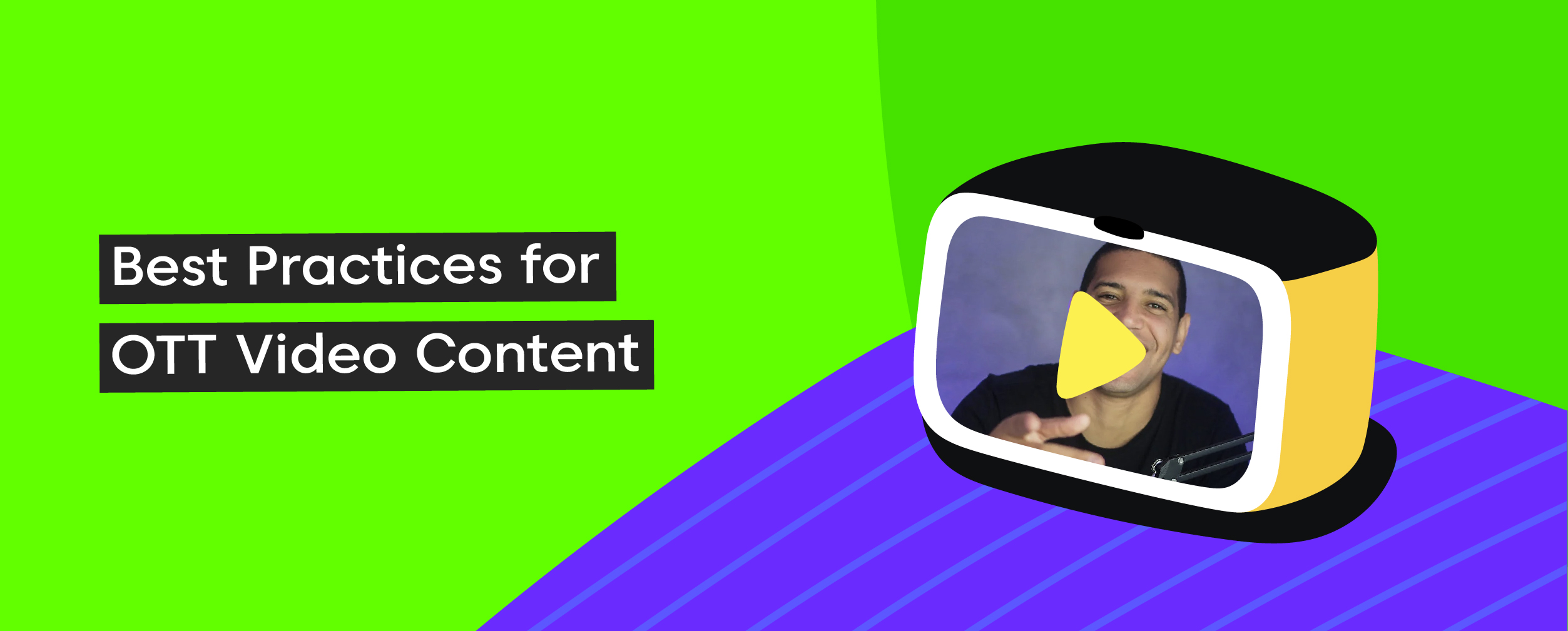
Targeting the Right Audience
OTT advertising campaigns require precise audience targeting. Advertisers should leverage data-driven insights to identify viewer preferences and behaviors. This approach ensures that ad campaigns reach the most relevant audience segments.
Creating Engaging Content
Connected TV (CTV) advertising demands high-quality, visually appealing content. Streaming video advertising should be tailored to the platform and viewer expectations. Short, impactful messages work best for capturing attention in the OTT environment.
Optimizing Ad Frequency
CTV OTT advertising success depends on balancing ad frequency. Overexposure can lead to viewer fatigue, while underexposure may limit campaign effectiveness. Advertisers should monitor and adjust frequency caps for optimal results.
Measuring Performance
Online video ads require robust tracking and analytics. Implementing comprehensive measurement tools helps evaluate campaign performance. Advertisers should focus on metrics like completion rates, engagement, and conversion data.
Embracing Cross-Platform Strategies
Effective OTT advertising campaigns often incorporate multi-platform approaches. Combining CTV with mobile and desktop ads can enhance reach and engagement. This strategy ensures a cohesive brand message across various streaming platforms.
Adapting to Viewer Preferences
Streaming video advertising should align with viewer preferences. Advertisers must stay informed about changing consumption habits and content trends. Adapting campaigns to these preferences increases the likelihood of successful engagement.
Measuring OTT Advertising Success
Advertisers need reliable metrics to evaluate the effectiveness of their OTT campaigns. Ad impressions serve as a crucial indicator of campaign reach and visibility. These metrics show how many times an ad was displayed to viewers.
OTT advertising processes involve tracking various performance indicators. Completion rates reveal the percentage of viewers who watched an entire ad, and click-through rates demonstrate audience engagement with interactive elements.
Advertisers can measure the impact of OTT campaigns through brand lift studies. These studies assess changes in brand awareness, perception, and purchase intent. Conversion tracking helps determine if viewers took desired actions after seeing an ad.
Advertising work in OTT environments requires continuous optimization. Marketers analyze data to refine targeting, creative elements, and placement strategies. A/B testing allows advertisers to compare different ad versions and identify top performers.
Success in OTT advertising depends on understanding audience behavior. Viewership patterns, device preferences, and content preferences inform campaign decisions. Advertisers use these insights to deliver relevant, personalized ad experiences.
Measuring OTT advertising success involves a combination of quantitative and qualitative metrics. Advertisers must consider both immediate performance indicators and long-term brand impact.
Future Trends in OTT Advertising
Programmatic OTT advertising is revolutionizing the way brands reach their target audience. This automated approach allows for more efficient and precise ad placements. Advertisers can now target specific demographics across multiple streaming platforms simultaneously.
The rise of smart TVs and devices like Amazon Fire TV Stick is expanding OTT advertising opportunities. These technologies provide valuable data on viewer preferences and behaviors. Advertisers can leverage this information to create more personalized and relevant ad experiences.
One emerging trend is the “same ad, different context.” This approach tailors ad content based on the viewer’s current viewing environment. For example, an ad might display different messaging during a sports event than during a cooking show.
Ad placements are becoming more seamless and less intrusive. Innovative formats, such as native ads and interactive overlays, are gaining popularity. These formats enhance viewer engagement without disrupting the streaming experience.
As OTT platforms evolve, advertisers must adapt their strategies to stay ahead. The future of OTT advertising lies in data-driven, personalized, and non-disruptive approaches.
Conclusion
OTT advertising offers immense potential for brands to reach engaged audiences. Marketers can leverage OTT platforms to deliver targeted, personalized ads to viewers across devices. The shift towards streaming presents opportunities for innovative ad formats and measurement capabilities. As technology evolves, OTT advertising will continue to grow in importance. Brands that embrace OTT advertising can gain a competitive edge in the digital landscape. By understanding the nuances of OTT platforms and implementing effective strategies, advertisers can maximize their reach and ROI. The future of advertising lies in OTT, and marketers who adapt quickly will reap the rewards. With its ability to combine the best of traditional TV and digital advertising, OTT is poised to revolutionize the advertising industry.








